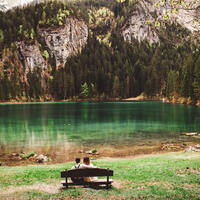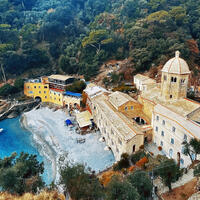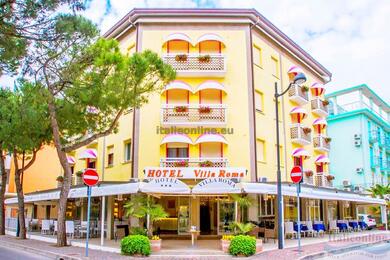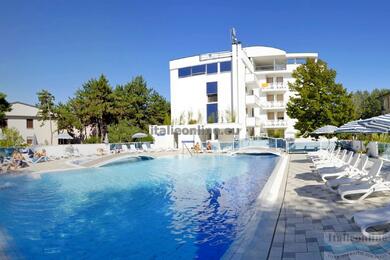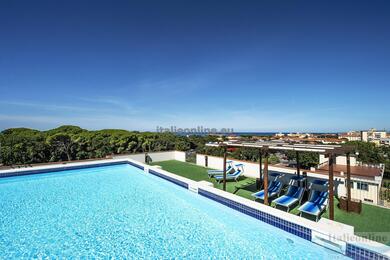Porticoes
Porticoes are covered walkways or arcades that are typically found along the facades of buildings. In our country, we call them arcades. They are a characteristic feature of Bologna's urban architecture and provide protection from inclement weather such as rain and sun.many shops, cafés and restaurants are located under them, and they also provide space for markets and street artists.
The porticoes in Bologna have a long history. Many of them were built as early as the Middle Ages. Today they are a UNESCO World Heritage Site as an important example of medieval architecture.
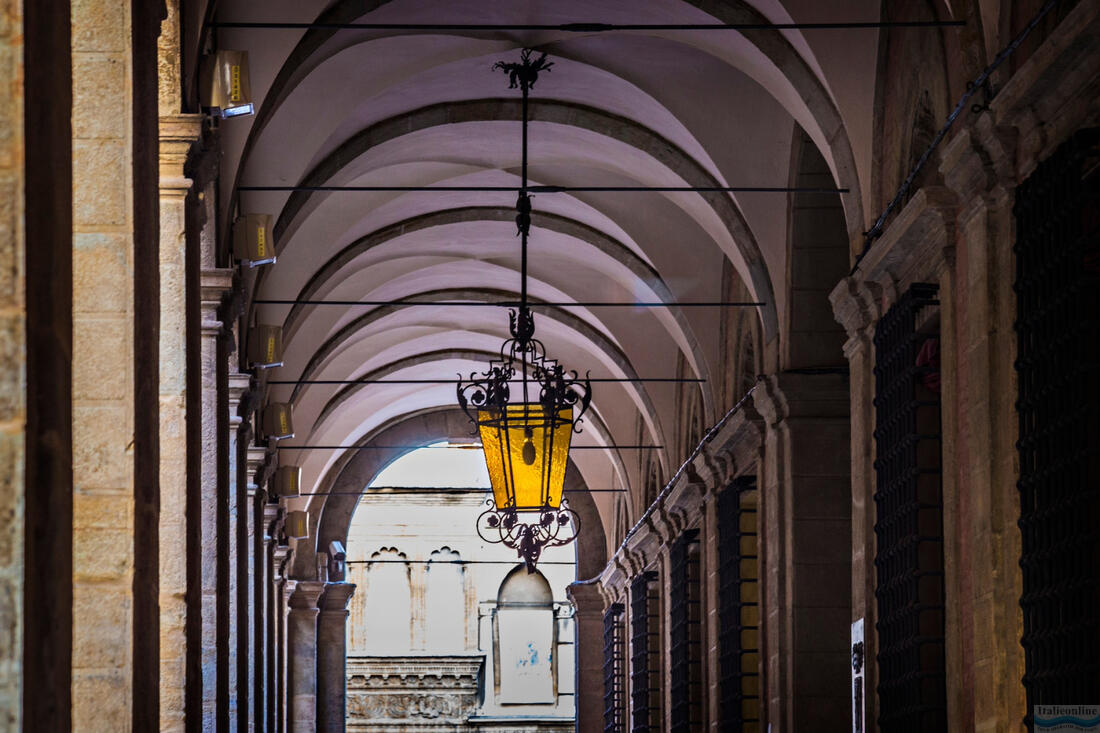
Piazza Maggiore and Piazza del Nettuno
These neighbouring squares are the heart of Bologna. Piazza Maggiore is surrounded by important historical buildings such as Palazzo dei Notai, Palazzo d'Accursio, Palazzo del Podestà and Basilica di San Petronio. In Piazza del Nettuno you will find the famous Fountain of Neptune (Fontana del Nettuno), which is the symbol of the city.
Basilica di San Petronio
This huge Gothic basilica, located in Piazza Maggiore, is one of the largest churches in the world. Its construction began in 1390 and is still unfinished today. The interior of the basilica hides many artistic treasures, including a unique sundial meridian.
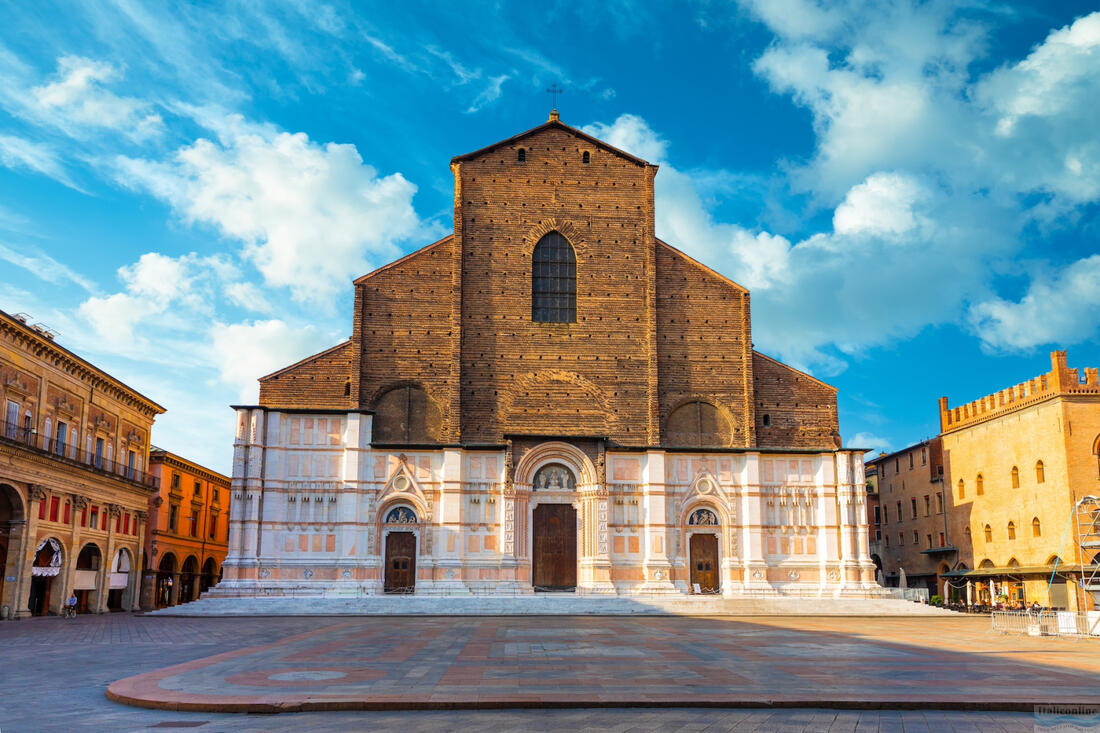
Quadrilatero
The historic district of Quadrilatero is the ancient heart of Bologna's commercial life. This area is full of narrow streets lined with stalls and shops offering fresh food, cheese, meat, fish and other local products. It's a great place for foodies who want to sample traditional Bolognese specialties.
Torre degli Asinelli and Torre Garisenda
These two towers are the symbol of the city. The Torre degli Asinelli, which is higher, offers a spectacular view of the city from the top if you can manage to climb its 498 steps. Torre Garisenda is sloping and shorter, which gives it a special charm.
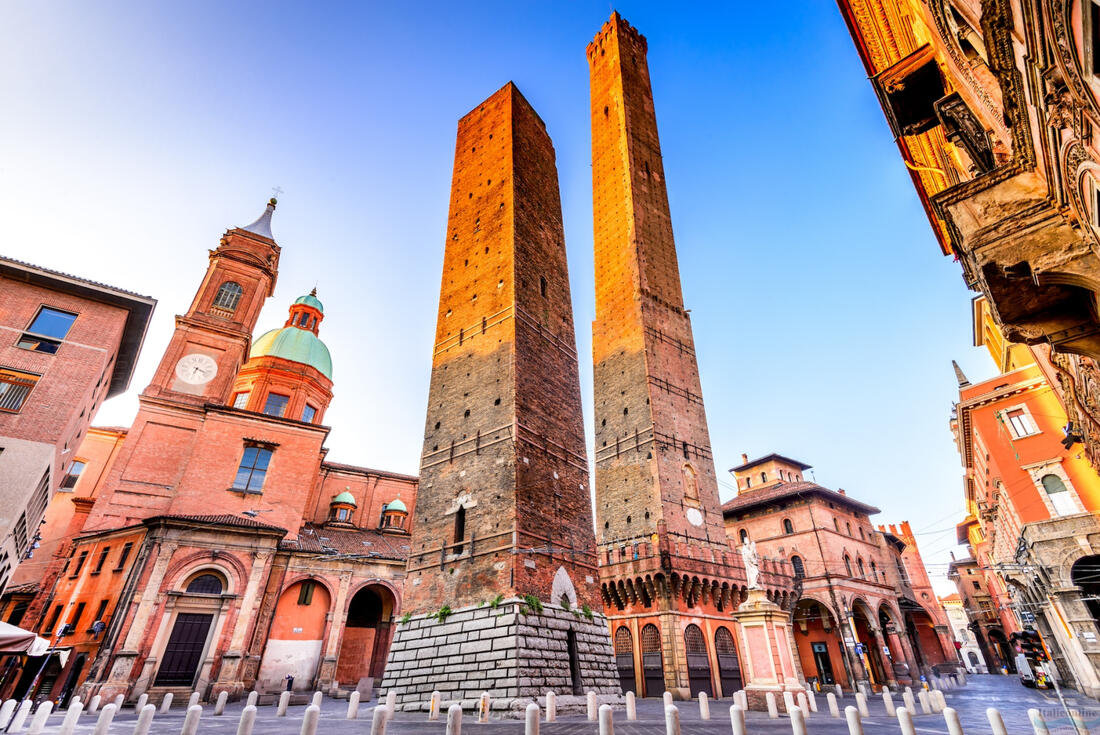
Archiginnasio
Formerly the main building of the University of Bologna, today the Archiginnasio hosts the Anatomical Theatre and a large library. The Anatomical Theatre, built in the 17th century, was used for anatomical lectures and is fascinating for its wooden decoration.
Santuario di Madonna di San Luca
This basilica is located on a hill above the town and is accessible via the long Portico di San Luca. The basilica offers spectacular views of Bologna and the surrounding countryside and is a popular place for hikes and pilgrimages.
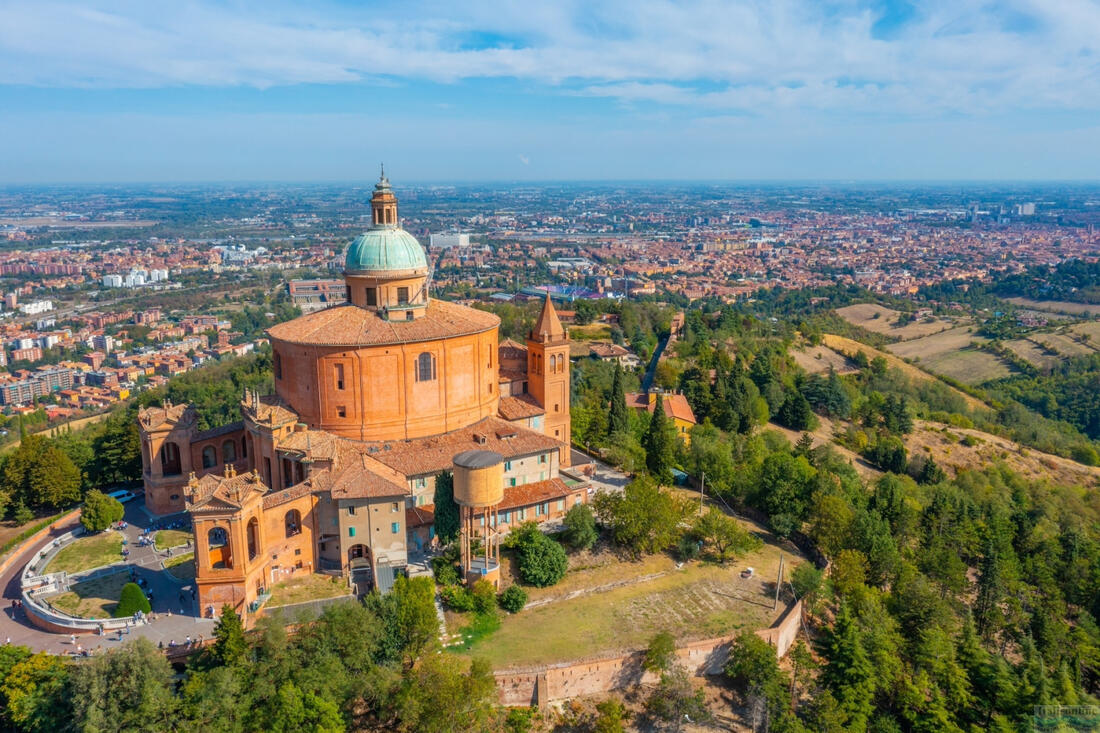
MAMbo - Museo d'Arte Moderna di Bologna
The Museum of Modern Art (MAMbo) offers a collection of Italian and international modern art. It is a great place for lovers of contemporary art and culture.
La Grassa
Bologna is often nicknamed "La Grassa" (the fat one) because of its famous cuisine. Local specialties include tagliatelle al ragù (Bolognese sauce), tortellini and mortadella. Visit one of the traditional trattorias or osterias and enjoy authentic Bolognese cuisine.
Museo Ducati and Lamborghini
For motorcycle enthusiasts, there are two important museums in the Bologna area. The Museo Ducati offers a glimpse into the history and evolution of iconic Italian motorcycles, while the Museo Lamborghini showcases the world of the famous automaker.
Bologna is a city full of history, culture and delicious food. Every visitor will find something to excite them and leave an unforgettable experience.


